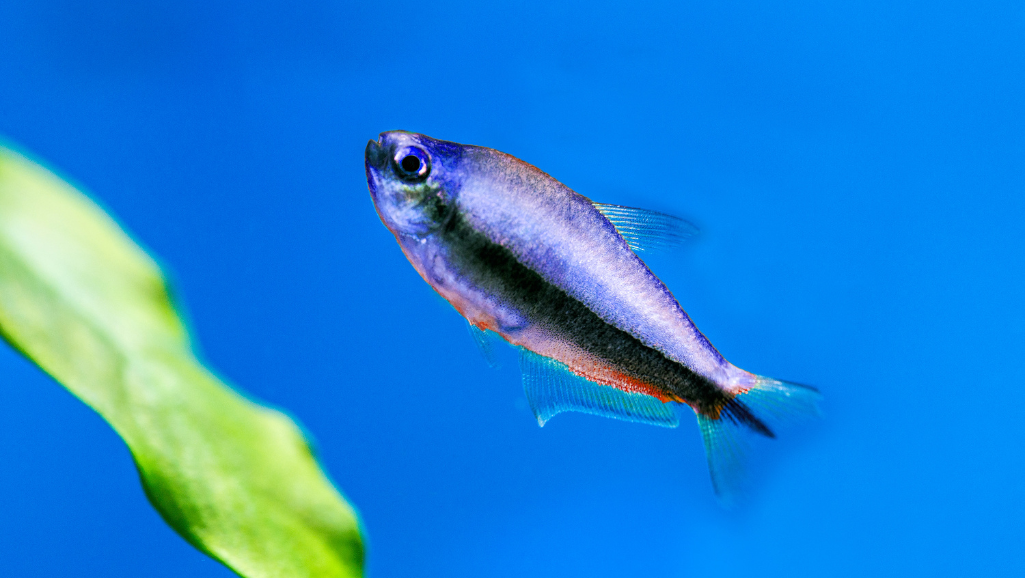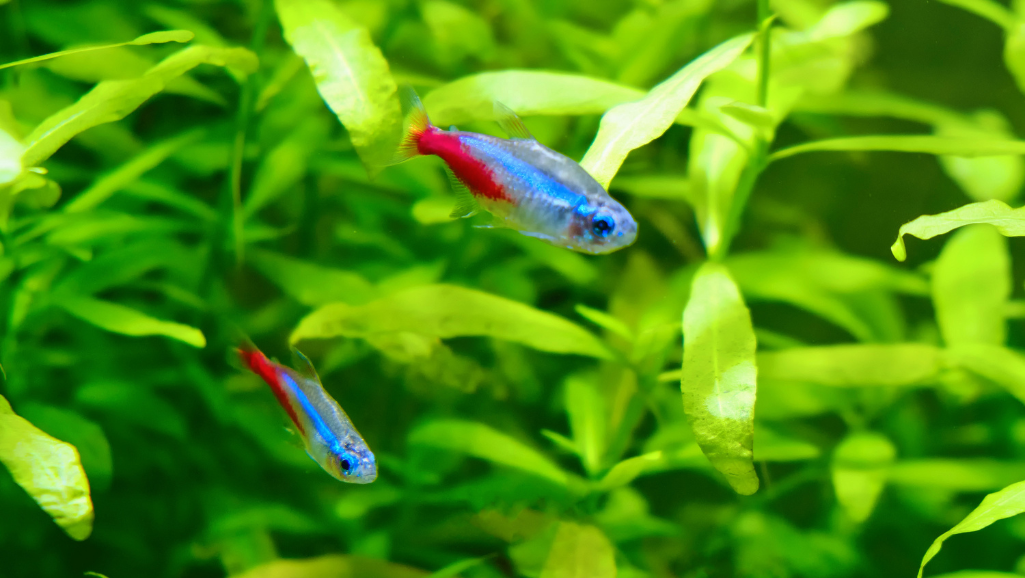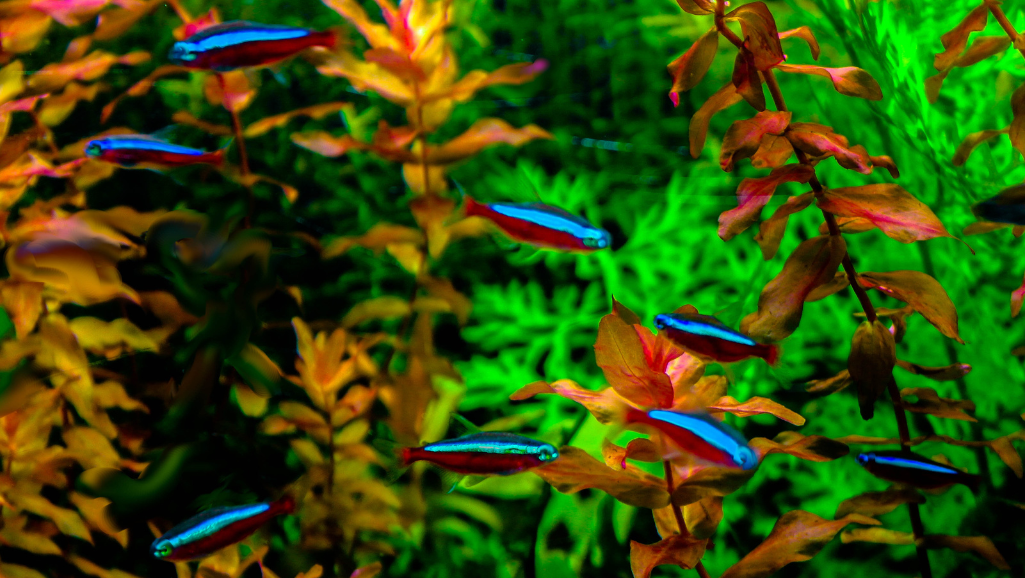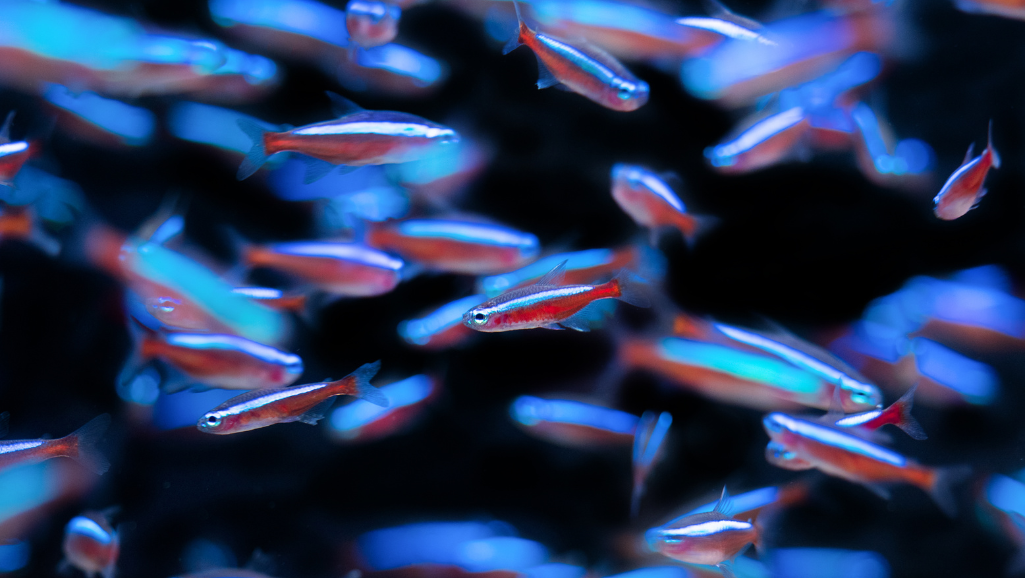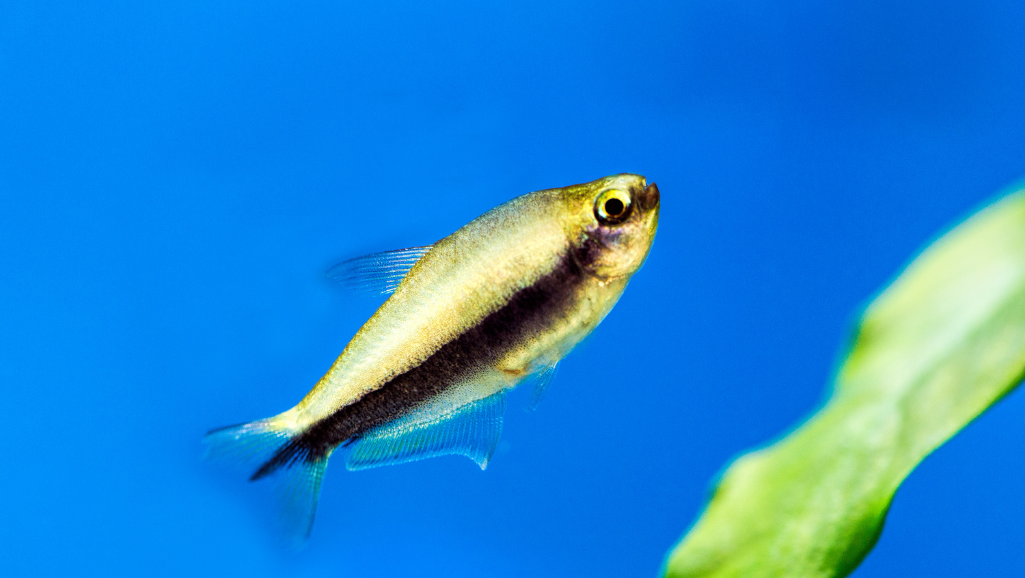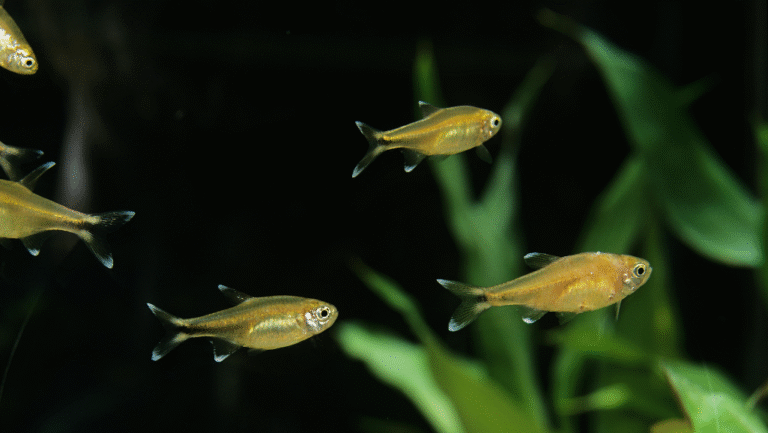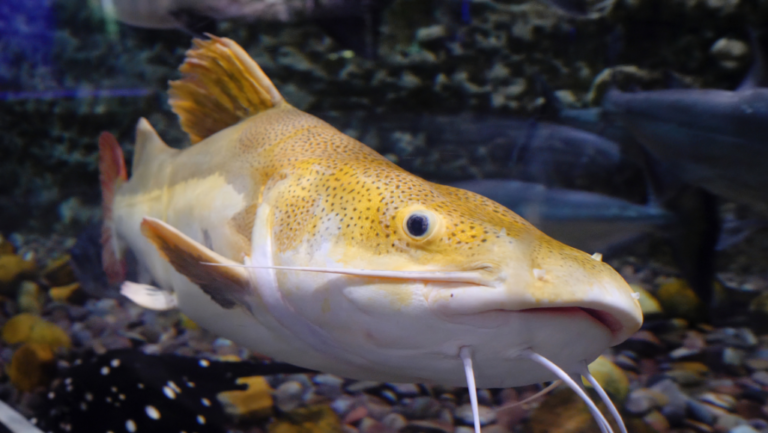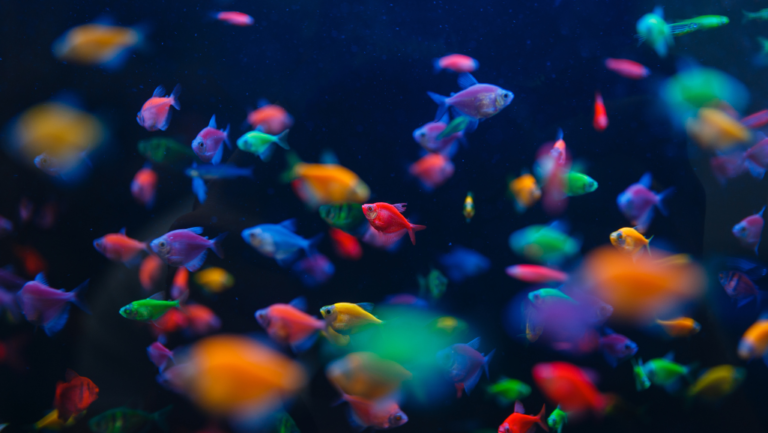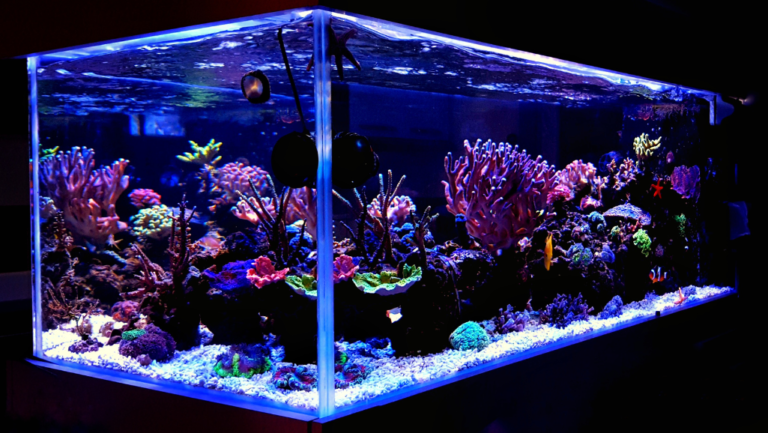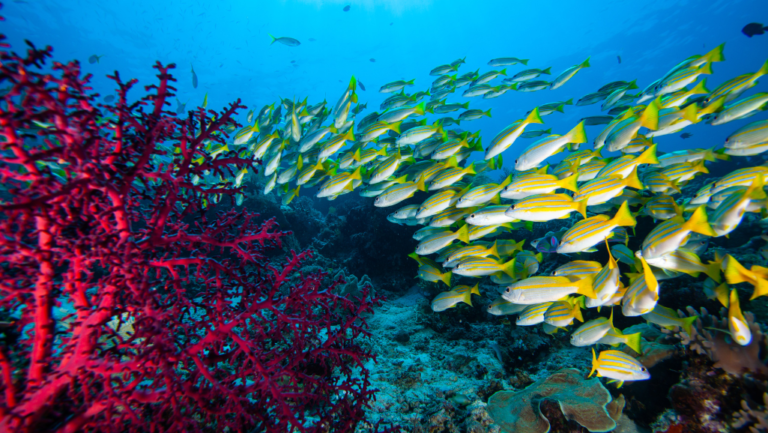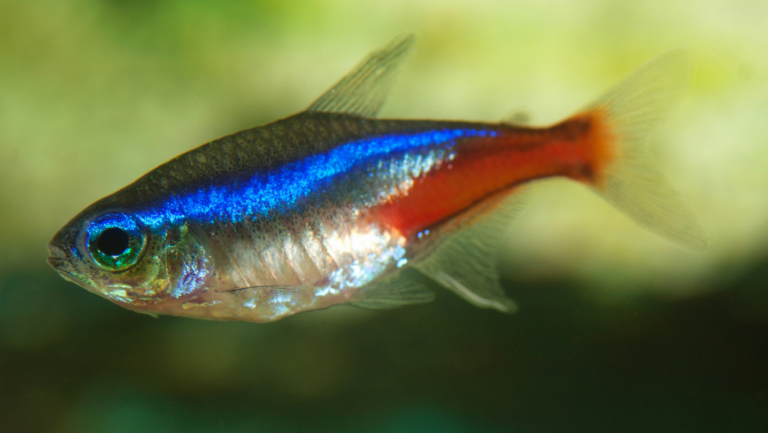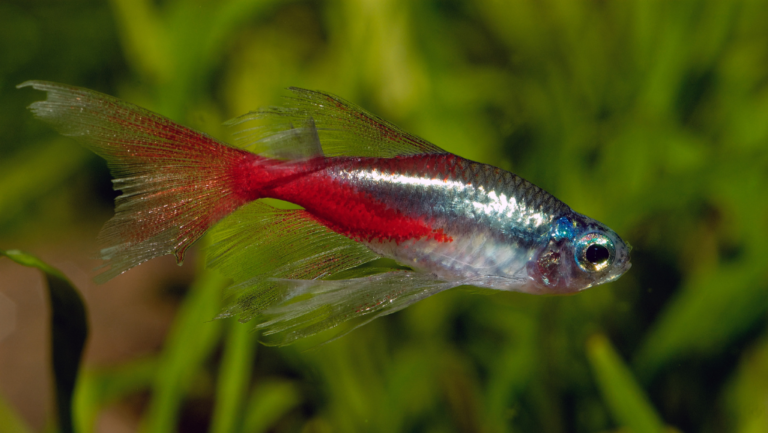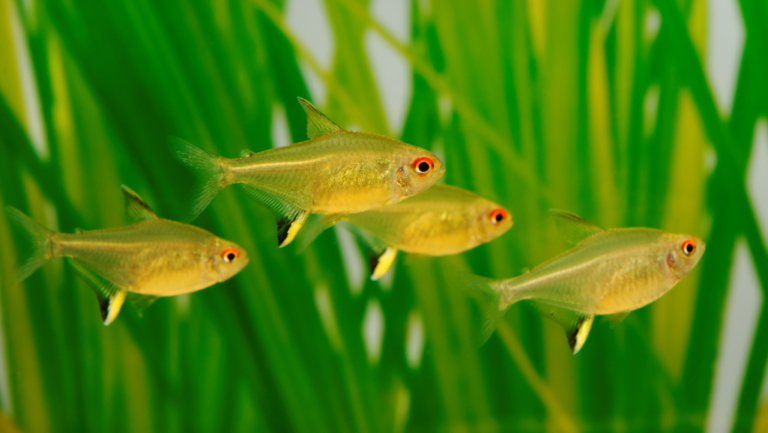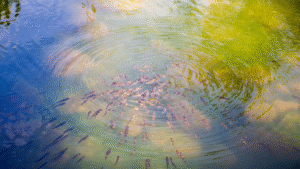Welcome to the world of Penguin Tetras, the colorful stars of tropical fish keeping. These exotic fish come from the lush upper Amazon basin. They have a playful nature and a sleek look, with a black line that looks like a penguin’s waddle.
For those who love aquariums, Penguin Tetras bring endless joy and wonder. To care for them, you need a good care guide. You must also pay attention to water quality and their social needs. This ensures they swim happily in your freshwater aquarium.
Keeping Penguin Tetras in your freshwater aquarium is more than just making it look good. It’s about creating a perfect home for them. A clean, peaceful tank with the right tank mates lets them show off their natural charm.
As you watch these lively fish swim, it’s important to meet their needs. This way, your aquarium will be a place of peace and beauty.
Key Takeaways
- Ensure clean water with optimal pH levels (6.0 to 8) and temperature (72°F to 82°F).
- Maintain a minimum tank size of 20 gallons for a school of Penguin Tetras, comprising at least 6 fish for social stability.
- Provide a varied diet and appropriate feeding schedule for ongoing health and vitality.
- Select compatible tank mates to prevent fin-nipping behaviors and promote a tranquil environment.
- Stay vigilant for signs of illness and embrace preventative care practices for these generally hardy tropical fish.
- Acknowledge the prolific breeding nature of Penguin Tetras, providing suitable environments for spawning and fry growth.
Overview of Penguin Tetra Characteristics
The Penguin Tetra, or Thayeria boehlkei, is a stunning tropical fish loved by many. It’s known for its beauty and calm nature, making it a favorite among community fish fans. Let’s explore what makes this colorful fish so special for your aquarium.
Appearance and Size
Penguin Tetras have a unique look with a black stripe running down their bodies. Their silver-olive color shines, and their silver bellies glow in the light. They grow to 1.5 to 3 inches, fitting well in many tanks.
During breeding, males get brighter, and females have fuller bellies. This shows they’re ready to have babies. Discover more about their striking appearance.
Behavior and Temperament
Penguin Tetras are peaceful and love to be in groups. They swim together beautifully, making them great for community tanks. They’re not aggressive and get along well with other calm fish.
These colorful fish come from South American rivers and prefer plants. Keeping their tank planted helps them feel at home. They need a warm temperature of 22 to 28°C and a pH of 5.5 to 7 to stay healthy.
Whether you’re starting a new tank or adding to an old one, Penguin Tetras are a great choice. They’re beautiful and easy-going, loved by all who keep tropical fish.
Ideal Tank Conditions for Penguin Tetras
To thrive, Penguin Tetras need specific tank conditions. These conditions should match their natural habitat in the Amazon River basin. This care guide will help you create a healthy environment for your Penguin Tetras.
Recommended Tank Size
Penguin Tetras are active and like to be in groups. Keeping them in groups of six or more is best. This ensures they behave naturally and stay healthy. A tank size of 20 to 30 gallons is recommended.
This size provides enough space for swimming. It also helps keep the water stable.
Water Parameters and Quality
Keeping Penguin Tetras healthy requires the right water conditions. They prefer a pH of 6 to 8 and water hardness of 5 to 20 dKH. Temperatures should be between 72°F and 82°F.
It’s important to check ammonia, nitrite, and nitrate levels often. Regular water changes and a good filter are key. This keeps the environment stable and prevents disease.
Substrate and Decor
In their natural habitat, Penguin Tetras live among plants and soft substrates. Sand or small-pebbled substrates are good choices for the tank bottom. Adding plants and driftwood improves the look of the tank.
It also gives the fish places to hide and reduces stress. Make sure there’s enough open space for swimming. The water flow should be moderate, like their natural habitats.
Following this care guide ensures your Penguin Tetras live a long, healthy life. They make great tank mates in a lively freshwater aquarium.
Feeding Penguin Tetras for Optimal Health
Keeping penguin tetras healthy means giving them the right food. This part of our guide will cover what to feed them and when. It will help keep them colorful and active.
Types of Food
Penguin tetras come from Brazil’s rich river basins. They eat small crustaceans, larvae, and insects in the wild. This diet keeps them looking great and full of energy. To feed them like this at home, mix:
- Special tropical fish flake foods,
- Frozen or live foods like bloodworms, brine shrimp, and daphnia,
- Plant-based foods like spirulina or blanched veggies now and then.
This mix meets their needs and makes them forage naturally.
Feeding Schedule
Feeding penguin tetras right is all about being consistent and not overdoing it. Here’s how to keep them healthy and your tank clean:
- Give them small amounts they can eat in three minutes, two to three times a day.
- Don’t overfeed, as it can harm the water quality and their health.
Feeding them regularly helps keep their diet balanced. It also keeps your aquarium’s ecosystem stable and your fish happy.
Knowing how to feed penguin tetras is key to their health and color. By mimicking their natural diet and feeding schedule, you can enjoy their lively presence and beauty in your tank.
Suitable Tank Mates for Penguin Tetras
Pairing Penguin Tetra with the right tank mates is key to a peaceful aquarium. It’s important to choose fish that get along well with Penguin Tetras. This balance is good for the health and happiness of all fish in the tank.
Community Fish Compatibility
Penguin Tetras do best with calm, small fish. Good choices include other Tetras, Corydoras catfish, and small Loricariid catfish. These fish are known for being peaceful. Breeding tips for Penguin Tetras also recommend a well-planted tank. This helps all fish feel safe and reduces stress.
Avoiding Aggressive Species
It’s important to keep Penguin Tetras away from big, aggressive fish. Fish like cichlids and barbs can be too rough. Also, long-finned fish like angelfish might make Penguin Tetras nip at their fins.
To make a great community tank with Penguin Tetras, pick tank mates that are calm and the same size. This way, all fish can live together happily, showing off their natural behaviors and keeping the tank healthy and beautiful.
Common Health Issues and Prevention
Penguin Tetras are a favorite among exotic fish lovers. They are known for being resilient and easy-going. But, like any living creature, they can get sick. Knowing how to spot illness in Penguin Tetras is key to keeping them healthy. A good care guide and regular check-ups can help prevent common diseases.
Signs of Illness
Penguin Tetras show signs of illness just like humans do. These signs need quick attention to keep the fish healthy. One serious problem is neon tetra disease, which can affect many fish, not just neon tetras.
Symptoms include damaged fins, odd swimming, and white spots. These are not the same as Ich spots. This disease is serious and can shorten a Penguin Tetra’s life.
Treatment Options
While there’s no cure for neon tetra disease, there are steps to manage it. Keeping sick fish separate is very important. This disease spreads fast, so quick isolation is key.
Keeping the water cool and oxygen-rich helps fight the disease. Buying fish from trusted sellers and quarantining new fish can save lives. This helps protect your whole tank from getting sick.
Preventative Care Practices
Prevention is the best way to keep Penguin Tetras healthy. Keeping the water clean and the tank stress-free boosts their immune system. A natural habitat helps a lot.
Regular water checks, proper feeding, and not overloading the tank are essential. Keeping new fish in quarantine and feeding them well are also important. These steps help keep your fish safe and healthy.
